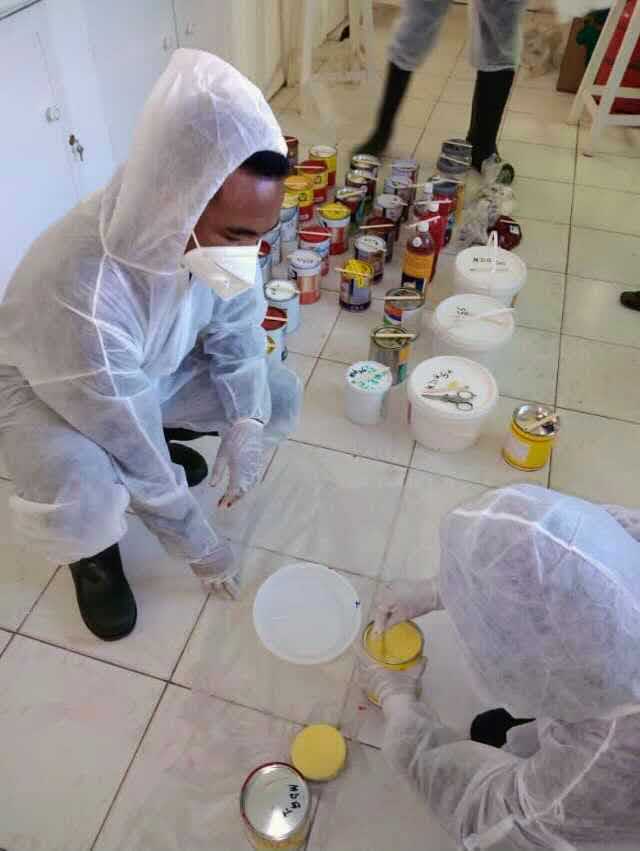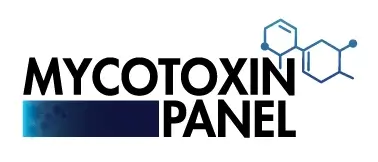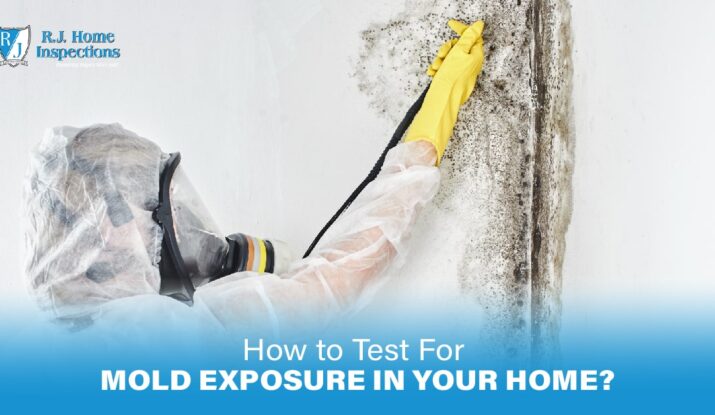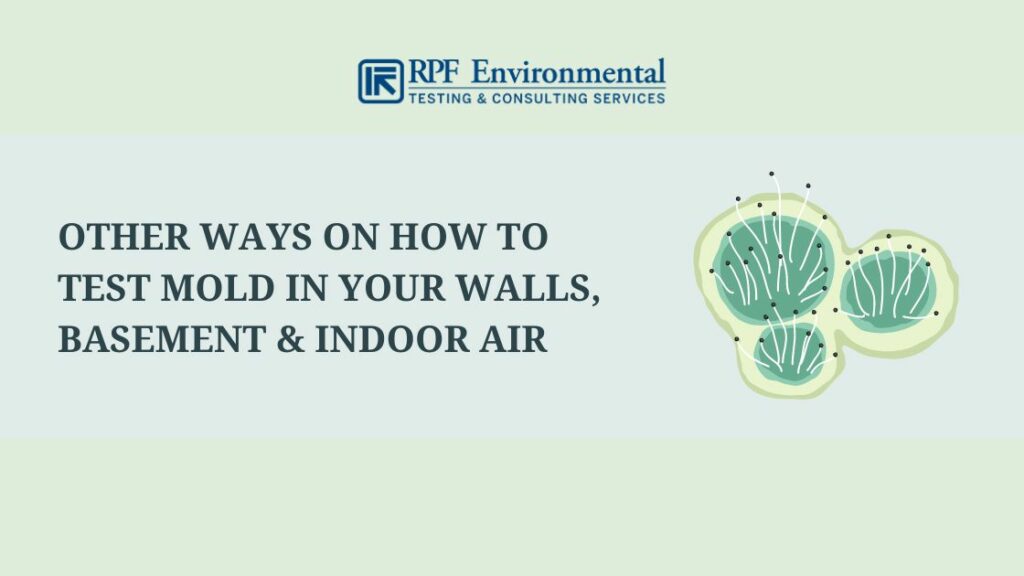Discover the Advantages of Specialist Mycotoxin testing Services Today
Discover the Advantages of Specialist Mycotoxin testing Services Today
Blog Article
Exactly How Mycotoxin Testing Assists Protect Against Contamination and Guard Food Supplies

Mycotoxin testing is an indispensable method in the food sector, serving as a frontline defense against contamination by unsafe toxins created by mold and mildews. Through the application of sophisticated techniques like High-Performance Liquid Chromatography (HPLC) and Fluid Chromatography-Mass Spectrometry (LC-MS), food manufacturers can properly quantify and identify mycotoxin levels in agricultural products.
Recognizing Mycotoxins
Understanding mycotoxins starts with identifying that they are toxic secondary metabolites produced by certain molds, which can infect farming items. These metabolites are not crucial for the development or reproduction of the fungi but can have severe implications for human and animal health and wellness. Mycotoxins are commonly discovered in staple plants such as corn, wheat, barley, and nuts, where they can proliferate under specific conditions of moisture and temperature.
There are several types of mycotoxins, each created by different fungal varieties. Fusarium types produce fumonisins and trichothecenes, both of which are connected with different intense and chronic health and wellness problems.

Risks of Mycotoxin Contamination
The risks of mycotoxin contamination are complex, positioning significant threats to both food safety and public health and wellness. Mycotoxins, toxic substances produced by certain types of fungi, can pollute a vast range of agricultural products including grains, nuts, seasonings, dried fruits, and coffee.
Economic influences are another significant concern. Contaminated plants can lead to substantial financial losses for farmers and food manufacturers because of reduced yields and the requirement for costly decontamination steps. Furthermore, worldwide trade can be substantially impeded as nations enforce rigorous mycotoxin regulations to safeguard their populaces, leading to turned down shipments and stretched trade connections.
Ecological factors such as climate change aggravate the threat of mycotoxin contamination. Variations in temperature and humidity can develop desirable problems for fungal growth, raising the likelihood of contamination events. Hence, understanding and alleviating these dangers are vital for making sure the safety and stability of global food products.
Approaches of Mycotoxin Checking
Accurately determining mycotoxin contamination in farming products is crucial for protecting public health and wellness and keeping food safety standards. Numerous approaches are used to detect and measure mycotoxins, each offering details advantages and limitations.
High-Performance Fluid Chromatography (HPLC) is a widely made use of technique as a result of its high sensitivity and precision. It includes dividing mycotoxins from various other substances in an example, enabling precise quantification. Similarly, Liquid Chromatography-Mass Spectrometry (LC-MS) integrates liquid chromatography with mass spectrometry to provide thorough molecular details, making it especially helpful for identifying several mycotoxins all at once - Mycotoxin testing Services.

Gas Chromatography-Mass Spectrometry (GC-MS) and Thin-Layer Chromatography (TLC) are also used, each go to these guys with one-of-a-kind applications. GC-MS works for unpredictable mycotoxins, while TLC offers a simpler, affordable alternative for initial testing.
Benefits of Routine Examining
Regular testing for mycotoxins in farming products supplies various advantages, substantially adding to public health and wellness and food safety. By recognizing contamination early, routine screening assists prevent the distribution of toxic foods, consequently decreasing the threat of mycotoxin-related ailments among customers. This aggressive strategy not only safeguards human health yet also improves the total quality of food materials.
Various nations and areas have actually developed strict restrictions for mycotoxin levels in food and feed. Sticking to these limitations via routine screening ensures that manufacturers and suppliers satisfy legal criteria, thereby preventing penalties and profession barriers.
In addition, regular mycotoxin testing can result in considerable economic benefits. Early detection of contamination permits for prompt treatment, minimizing potential losses from prevalent contamination. Carrying out regular screening procedures can also reduce recall expenses and related responsibilities, which can be financially devastating.
Moreover, normal screening provides important information that can notify better agricultural methods and storage space problems. By recognizing patterns of contamination, manufacturers can embrace safety nets, thereby contributing and minimizing future threats to the sustainability of the food supply chain.
Executing Evaluating Protocols
Executing effective mycotoxin testing methods is essential for ensuring the safety and quality of farming items. Developing a robust screening structure entails multiple essential actions, beginning with the recognition Your Domain Name of potential contamination factors within the production and supply chain. This consists of pre-harvest, post-harvest, storage space, and weblink circulation stages. Each stage must be scrutinized to pinpoint where mycotoxin contamination is probably to happen.
Once vital control points are determined, choosing proper screening approaches is crucial. Common techniques include enzyme-linked immunosorbent assay (ELISA), high-performance liquid chromatography (HPLC), and mass spectrometry (MS) Each method has its strengths and weak points; thus, choosing the correct one relies on the certain mycotoxin being examined, the needed sensitivity, and offered sources.

Last but not least, incorporating the testing methods into a comprehensive food safety and security management system is suggested. This improves traceability and enables speedy restorative activities when contamination is discovered, thereby guarding the honesty of the food supply chain.
Final Thought
Mycotoxin testing is necessary in avoiding contamination and guarding food supplies by making it possible for early detection of unsafe toxic substances generated by molds in agricultural items. Advanced methods such as HPLC and LC-MS guarantee conformity with safety guidelines and shield consumers from health and wellness risks. Regular screening boosts brand track record, economic stability, and rely on food security by reducing contamination-related losses and preserving high criteria in food production. Executing extensive screening methods is thus crucial for the sector's overall wellness.
Mycotoxin testing is a vital method in the food market, serving as a frontline defense against contamination by harmful toxins generated by mold and mildews. An incorporated technique including agricultural practices, storage monitoring, and normal screening can reduce the risks associated with mycotoxin contamination, ensuring food safety and security and public wellness.
The dangers of mycotoxin contamination are complex, posturing considerable risks to both food safety and public health.Normal testing for mycotoxins in agricultural items provides numerous advantages, dramatically contributing to public health and food safety and security.Mycotoxin testing is vital in avoiding contamination and safeguarding food products by allowing very early detection of hazardous contaminants created by mold and mildews in agricultural items.
Report this page